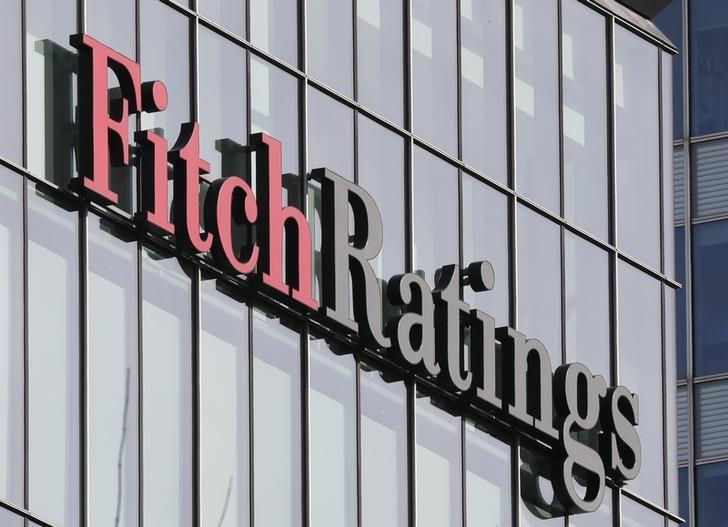RIO DE JANEIRO, BRAZIL – Fitch maintained the long-term rating in foreign and local currency of Brazil at “BB-” and the negative outlook.
In a report published on Tuesday (14), the rating agency pointed out that the country has a diversified economy and a high per capita income compared to other countries, can absorb external shocks, and has moderate external imbalances and sufficient international reserves.
On the other hand, this is balanced by high government borrowing and debt needs, a rigid fiscal structure, weak potential growth, and a complicated political environment.

“The negative rating outlook reflects risks to the economy, public finances and debt trajectory in the context of tightening financial conditions and growing doubts about the credibility of the spending cap following changes made to its calculation to accommodate more social spending,” the agency says in a statement.
“Fiscal uncertainties, high inflation, and volatility of the real will weigh on the economy in 2022 and raise the risk of a full-blown recession, while the higher cost of debt combined with the higher primary deficit will lead to a further worsening of public accounts in 2022. These risks could be exacerbated by a potentially polarized presidential race.”
Fitch expects Brazilian economic growth to fall from 4.8% this year to 0.5% in 2022. The country could receive positive impetus from the potential gains from an upturn in the global economy and rising commodity prices.
On the other hand, the external environment tends to be less favorable next year, with slower growth in China and the monetary tightening expected in the United States.
The agency expects the debt/GDP ratio to fall to 81% this year – still significantly above the median for the same rating, which is at 58% – but to rise again in 2022, to 83%, due to a combination of monetary tightening, weaker growth and higher primary deficit.
Among the factors that could lead to a downgrade are a material worsening of public finances or market financing conditions and macroeconomic policies that damage the growth outlook.
Factors that could lead to an improvement include improved financing conditions and fiscal consolidation, and a macro policy that manages to reduce inflation and stabilize the economy.

